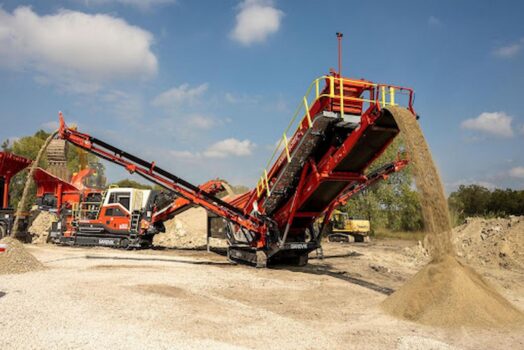Many companies these days use flyers to advertise their business and promote their products. The main advantage of this kind of marketing strategy is that flyers are relatively cheap when compared with most other forms of advertising. In fact, the only real expenditure associated with flyers is the cost of sourcing them from local printers (or an online printing company) which is minimal, even if design services are required as well.
Another great advantage of flyers is that they are very flexible and can be used to effectively market any kind of commercial event, be it a new store opening or a campaign to promote the launch of a new product. Moreover, flyers can be handed out at specific places so companies can use them to communicate directly to their target audience e.g. students at fresher’s fairs, shoppers in retail parks, etc.
Of course, designing a flyer is not as straightforward as simply putting a nice big picture and some bold text with plenty of exclamation marks on a bit of paper. Indeed, there are actually a number of vital design aspects which companies that are keen to make the most of this type of advertising should keep in mind when going down this route.
Below are three of the most important:
Grab People’s Attention
Because most people only give flyers a few seconds of consideration, the headline is arguably the most important part of a flyer design. A good, prominent headline will grab people’s attention; it’s as simple as that. Although there are various schools of thought on how best to go about this, a tried and tested method is simply to use compelling wording (“Would you like a free _____?”) as this will resonate with people immediately.
Include Effective Content
When deciding what content they want to include on their promotional flyers, many companies opt to focus almost exclusively on photos, images and other visual design elements. This is a mistake. Having effective marketing content (i.e. the text that sells) in a flyer design is vital as this is what will persuade people to take action from the outset of reading the material. Quite simply, people will not know any details about the product or service that is being promoted, or even why they should buy it, without effective content writing.
Call Potential Customers to Action
Companies must decide exactly what they want a potential customer to do upon reading their flyer e.g. buy a specific product, subscribe to a service or show up to a meeting. To this end, a flyer needs to include a call-to-action which is very clear and unambiguous. A good example would be something along the lines of: “Visit our website now to receive your free promotional offer!” As well as needing to be placed somewhere on the flyer where it would be instantly noticed, this call-to-action would also have to have the associated URL printed nearby in order to be truly effective.
Laura Jones is a keen blogger and writer who enjoys contributing to a variety of business industries and regularly contributes to websites such as A Local Printer.




